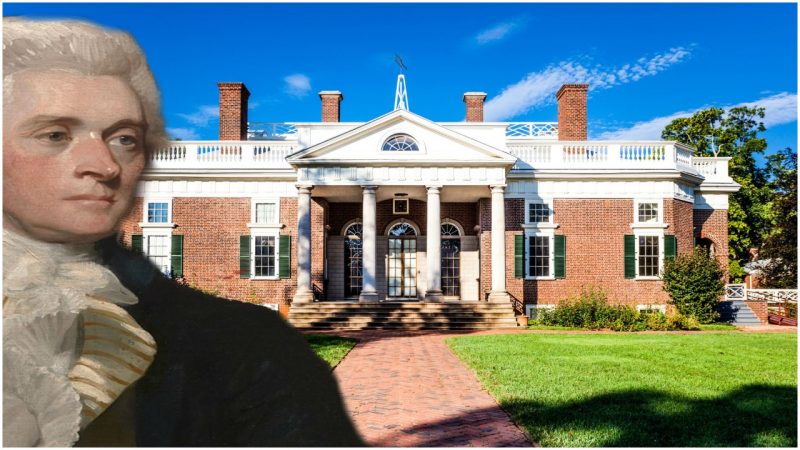Thomas Jefferson, third president of the United States and the writer of the Declaration of Independence, was also known as one of the best architects of his time. His two architectural masterpieces are the University of Virginia and his beloved mountaintop home, Monticello.
When he was 26 years old, he started to make sketches of the mansion, and the design took more than four decades to complete. Jefferson carefully planned every part of the house and reimagined the place a dozen times before making a final decision.
Franklin D. Roosevelt once said the house reflects Jefferson’s personality. Like any other architectural design, he started with a simple sketch of a building and from there he modeled until he turned it into a grandiose composition.
It was like writing a book. Every part of the house has its own story, rewritten many times until it spoke its true beauty. That is why Monticello today is considered a national treasure and listed as a Heritage Site by UNESCO in 1987.
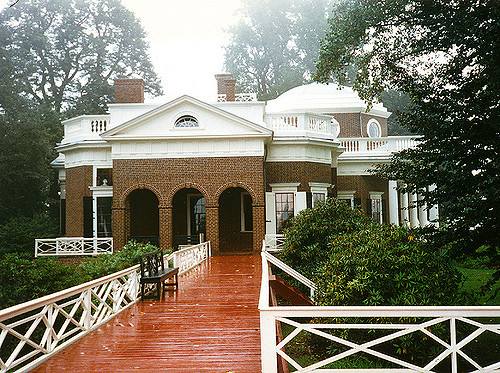
In the 1780s, Jefferson went on a diplomatic mission to Europe, where he learned a lot about its classical buildings, having only read about them in books. After he came back to America, he immediately started to change things on the Monticello design, mostly inspired by French architecture. He was also inspired by the works of A. Palladio, one of the greatest Venetian architects.
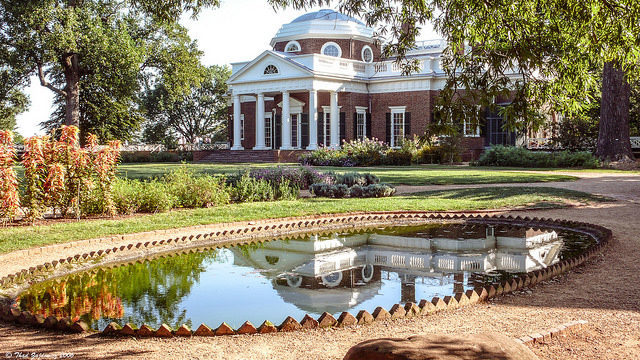
It was the same with the plan for the University of Virginia, which was initially built as an academic village in the area where the students and professors, besides studying and teaching, could also live. The most amazing part of the building is the rotunda based on the structure of the Roman Pantheon.
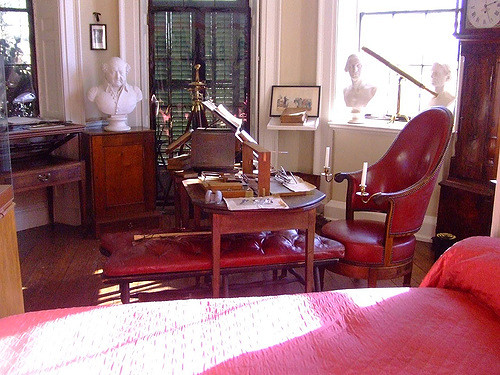
Both of Jefferson’s architectural masterpieces are located in Albemarle County, Virginia, where he lived most of his life. His wife, Martha Wayles Skelton, died 10 years after their marriage and only two of his six children survived to adulthood. After these unfortunate events, Jefferson dedicated himself to the design of Monticello. Together with his workers, who were slaves he inherited from his father-in-law, he nearly finished the mansion.
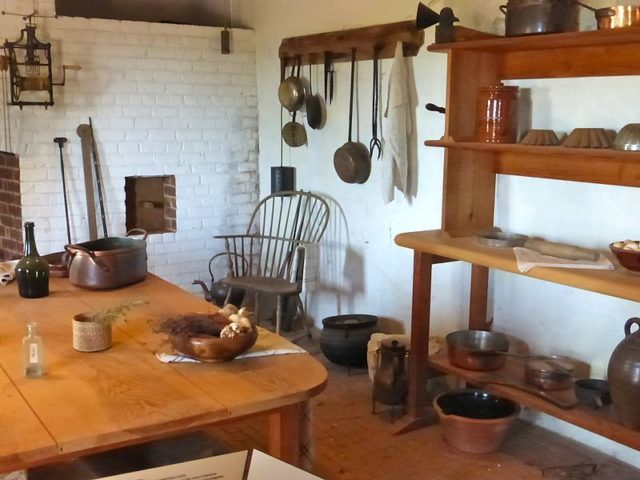
Another thing that makes the mansion unique is the use of local resources. In the late 18th century, most building resources were imported from Europe, especially from England. But Jefferson decided to make his own bricks on the site. During the construction, he provided materials not only for his house but also for other buildings in the county.
Today, a lot of exhibitions can be seen at Monticello that explain the building of the house and its four decades of design and construction. Also, a documentary is shown called Thomas Jefferson’s World in which visitors can learn about his ideas of human liberty and his accomplishments in the field of architecture. From 2015, the Mountaintop Project began with a purpose to restore the estate as Jefferson had originally designed it.
According to Thomas Jefferson Foundation Inc., the first phase of the restoration is finished and it includes the Kitchen Road and Mulberry Row. The second phase is already in process, and in a few years, people can witness the beauty of the property as it was in the 1780s. Monticello’s architecture was a significant example for the Neoclassical architects who adapted many details of its design.
